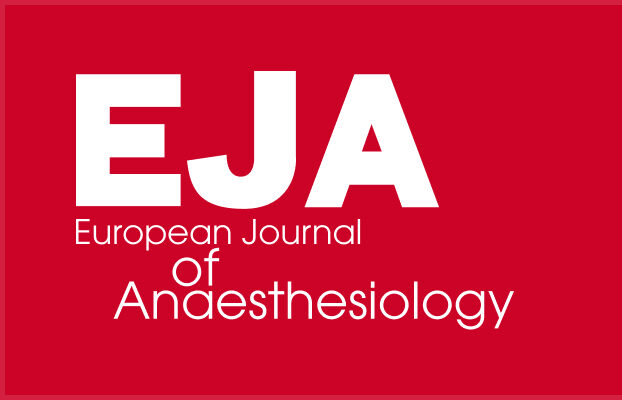Neuromuscular Blockade
Perioperative Management of Neuromuscular Blockade
A recent survey addressed the practice of neuromuscular block management in Europe. In this survey, 17 150 patients were exposed to a neuromuscular blocking agent, but neuromuscular monitoring (NMM) was not used in more than 10 000 of them, timing of extubation was solely based on clinical criteria in around 12 000 patients, and over 8300 patients did not receive any reversal agent at the end of surgery. Finally, only 16.5% of patients (2839/17 150) exposed to a neuromuscular blocking agent were extubated with a documented train-of-four (TOF)-ratio at least 0.9.1 Unsurprisingly, this very high incidence of inappropriate management of neuromuscular block increased the rate of residual paralysis and relaxant-associated postoperative pulmonary complications (POPCs).
So far, the peri-operative management of neuromuscular blockade has not yet been addressed by a guideline from the European Society of Anaesthesiology and Intensive Care (ESAIC). Hence, in light of the above-mentioned distressing snapshot of the practice of neuromuscular blockade management across Europe and with the intention of improving patient safety, a task force was assigned by the ESAIC to critically appraise the current literature in the field and to provide a graded and evidence-based set of practice guidelines for the peri-operative management of neuromuscular blockade.
Important Disclaimers
- Please note that you can request permission to translate the guideline by contacting guidelines@esaic.org
- ESAIC Guidelines and related materials are for use by individuals only – either for personal or educational purposes. Commercial use of EAIC Guideline is not allowed. Permission to re-use the guidelines must be requested to guidelines@esaic.org
Keywords: Perioperative, General Anaesthesia, Adult, Neuromuscular blockade










